How Good Is A 12mp Camera
In 2021, several big players in the industry including Apple and Google are still using 12MP cameras in their flagship devices. Considering xl megapixels has been mutual for years and 108MP main sensors accept also entered the market place, what gives? Why has it taken so long for the large guns to put more importance on the resolution of their cameras? Information technology's quite simple: 12MP is the platonic resolution for smartphone sensors.
There are several reasons for this, including storage infinite, processing time, and low calorie-free photo quality. Video resolution and viewing devices also play into how large a camera sensor should be. Then there are indirect furnishings similar bombardment life and photographic camera app performance.
Let'south dive a little deeper into some of those areas to run into why 12MP is the optimum smartphone photographic camera resolution correct now.
More pixels = more data
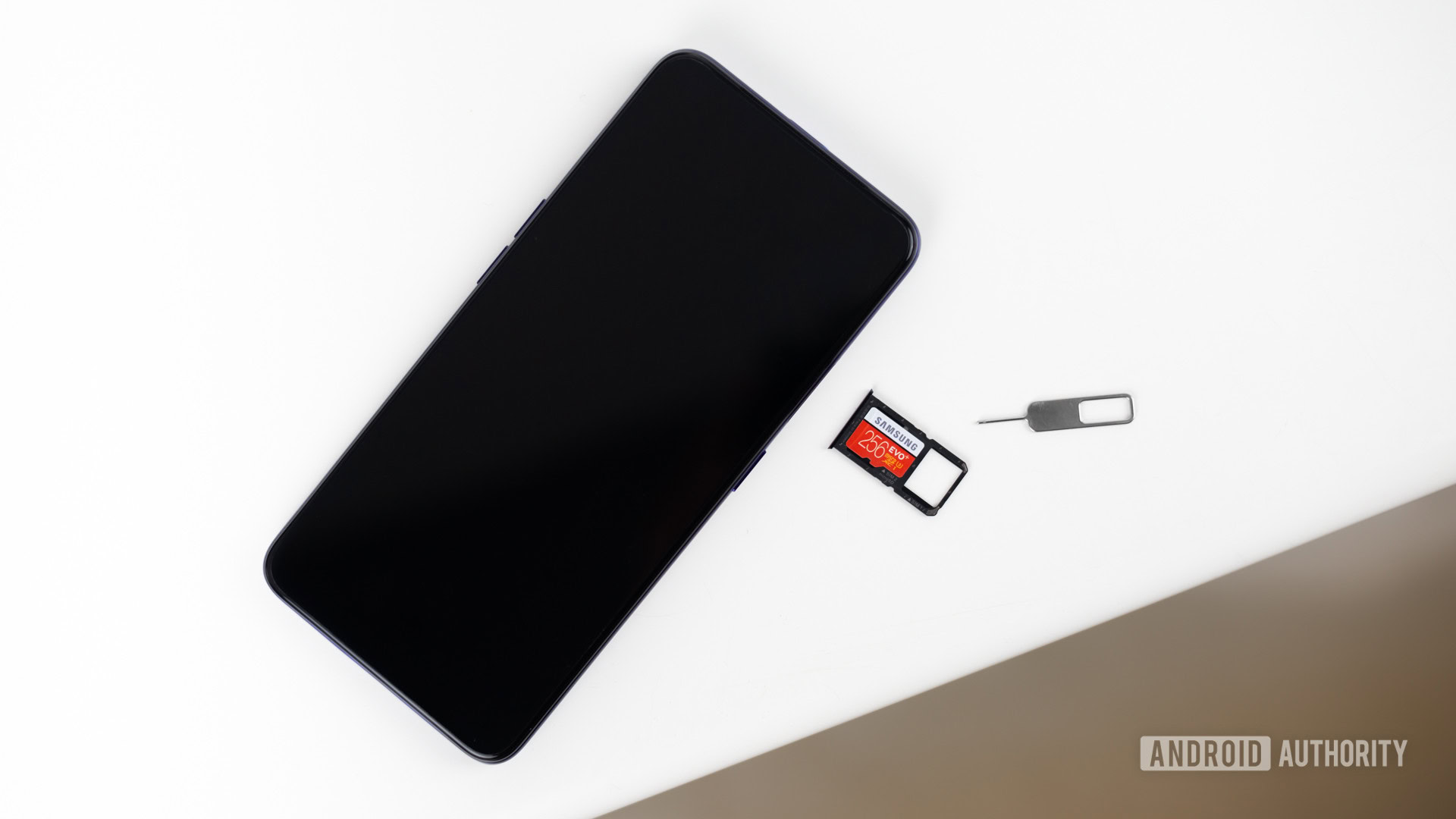
Edgar Cervantes / Android Authority
More than pixels more often than not ways more than data to procedure (at least for full-resolution shots), resulting in slower processing times and shorter battery life. This is particularly true in more demanding scenarios like taking Nighttime Mode photos or Portrait Way shots, where there's a lot more processing involved.
In fact, it'south not uncommon to find phones with ultra-high resolution cameras that don't offer HDR, nighttime mode, or other advanced modes when shooting at full-resolution. There'southward merely too much information to process.
Not only does a higher resolution need more processing power then, only it also demands more than storage and bandwidth too. With fewer phones sporting a microSD card slot these days, cloud storage is an increasingly attractive backup method.
The upshot is that if you've got a depression information cap, you may have trouble uploading a agglomeration of snaps when non on Wi-Fi. You also end up needing to pay for larger cloud storage plans if you take lots of shots and upload video.
We view images on sub 10MP displays
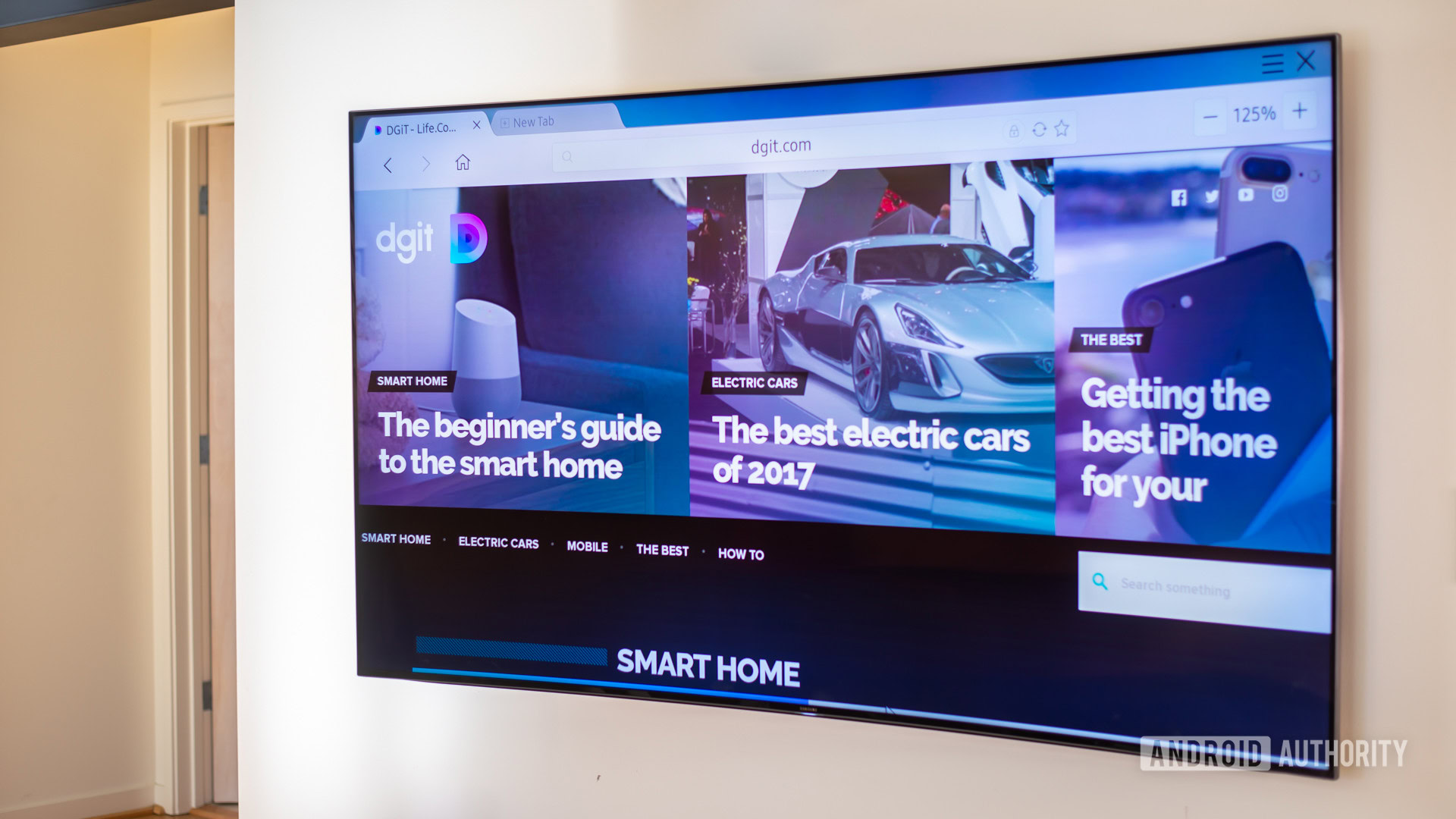
Hither's another difficult truth for megapixel obsessives: Most users aren't viewing the loftier-resolution images that we share from our phones on Ultra HD displays, and even if they were, that's only an ~8.3MP canvass.
Ultra HD is still only ~8.3MP
12MP is more than enough resolution to look crisp on pretty much any brandish — telephone displays, digital photo frames, computers, TVs, and fifty-fifty projectors! To get the well-nigh out of a 12MP image on an Ultra HD display, you'd need to zoom in. Fun fact: many telephoto cameras from the industry'southward biggest names are 12MP or beneath, anyway.
The almost popular video resolution caps out at ~8.3MP
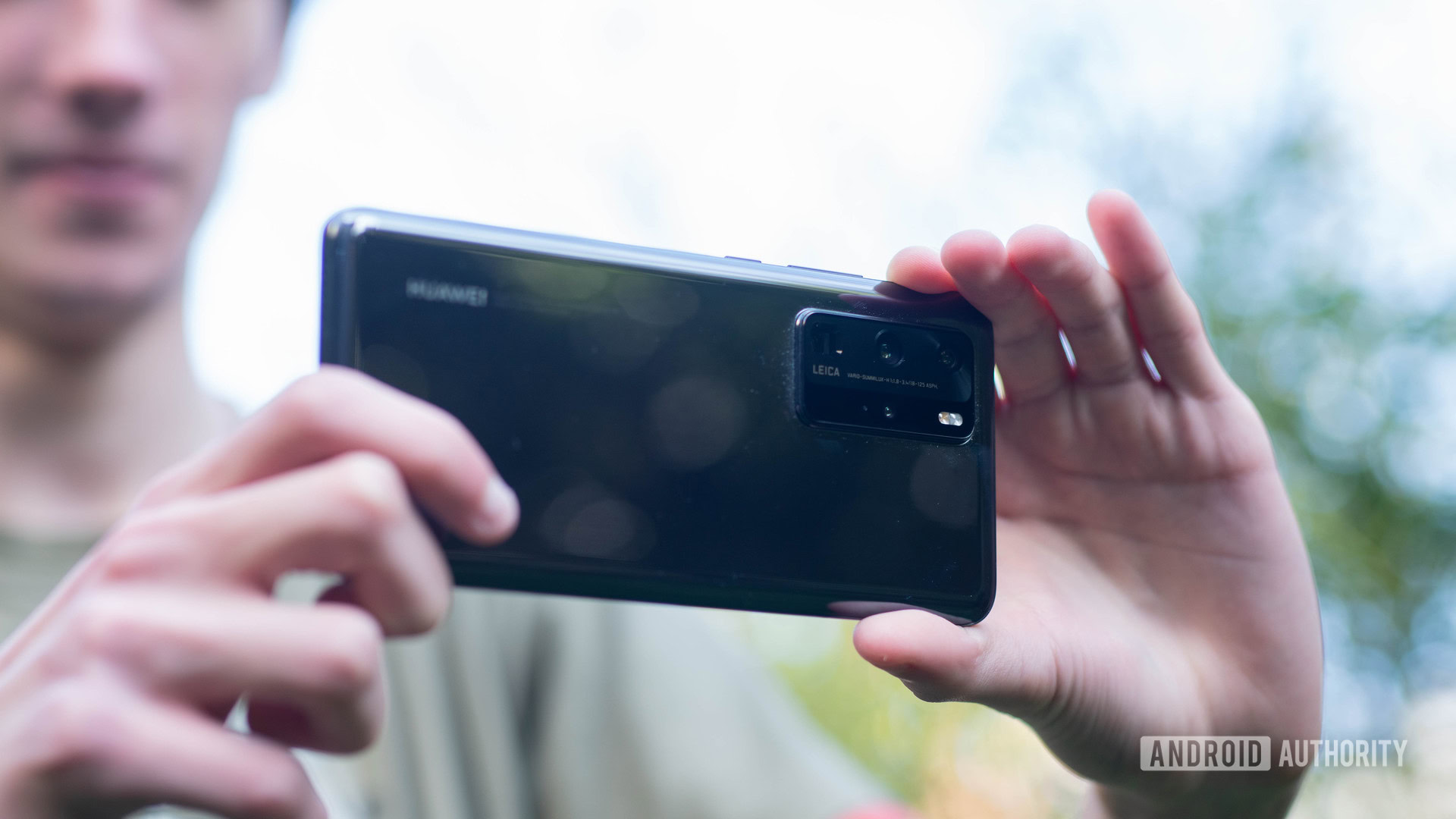
Ultra Hd 4K video has been the standard in smartphones for well over v years at present. If you don't have it, you lot likely have a low-finish smartphone. Since you don't even need more than 10MP to exist able to shoot at 4K, 12MP is more enough to get yous going — as long every bit your SoC and Internet access provider can handle shooting 4K video. This means that whether you lot desire to shoot UHD 4K at 60fps, or 720p video at 960fps, a 10MP sensor will do you just fine.
The Qualcomm Snapdragon 865 and Snapdragon 888 SoC brought 8K video recording. Information technology should exist noted that to exist able to shoot in 8K y'all'll demand a sensor with a resolution of around 33MP or higher. One valid reason to record in 8K is that you tin can treat it like a burst mode, grabbing high-quality frames from a recorded clip. However, 8K displays aren't affordable or ubiquitous plenty to justify the pick solely for video. Infinite is also a concern with 8K, even with new codecs that compress file sizes down.
Resolution isn't the be-all and end-all
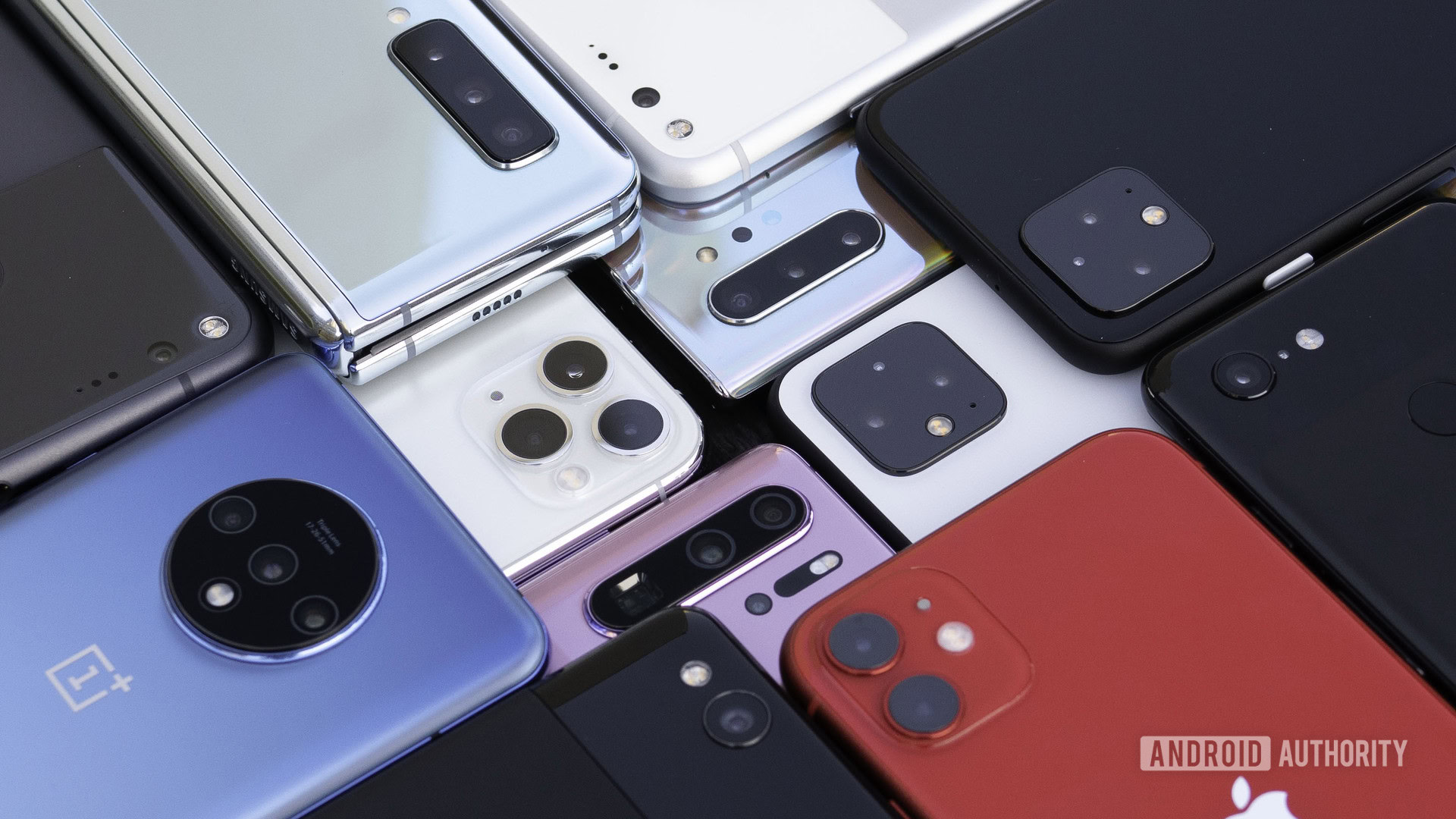
The corporeality of pixels in your photo isn't the exist-all end-all — other factors come into play. Dynamic range, color accuracy, lens quality, paradigm processing, and user experience are all vital to be able to create great photos. Bear witness of this is easy to discover in the Pixel 5, iPhone 12 serial, and Samsung Milky way S21.
Comparing a 12MP camera from 2016 to a more modernistic camera is another neat way to illustrate how important other aspects of photography are. Below is a shot comparing the original Pixel against the Pixel 4. They both sport 12MP photographic camera sensors, still the Pixel iv captures much more colour information and has better dynamic range. This is due to newer hardware, and a leap frontwards in software processing on Google'due south front, with HDR+ applied science doing the majority of the heavy lifting.
Where Google's Pixel phones rely on the search giant's software to achieve the all-time results possible, many OEMs rely on a technique called pixel binning. The internet result of this technique is that it brings the effective pixel count downwards by four times (or past nine times with some 108MP cameras). This means that a 40MP sensor is going to produce a 10MP image. So fifty-fifty though your phone may have 48MP stamped on the dorsum of it, you lot're only really getting 12MP photos when you press the shutter button.
With pixel binning, you're getting ane-quarter final image resolution
OEMs use pixel binning techniques to increment lite gathering capabilities by merging data from four smaller photosites together. When you want a high-resolution paradigm, you simply switch to the native resolution fashion but sacrifice low-light operation and dynamic range. The effects of pixel binning — college dynamic range, more colour information, amend low-low-cal performance — tin be had with natively larger photosites seen on virtually 12MP cameras.
Continue reading: Samsung Galaxy S11 tipped to carry the all-time 108MP photographic camera and then far
Granted, yous'd lose the option to capture more item with a 12MP camera, but in render, you lot'd get a lower cost and potentially brighter images from the get-go. Of course, this depends on the individual manufacturer and model of the phone due to different processing techniques.
Software and processing are more important
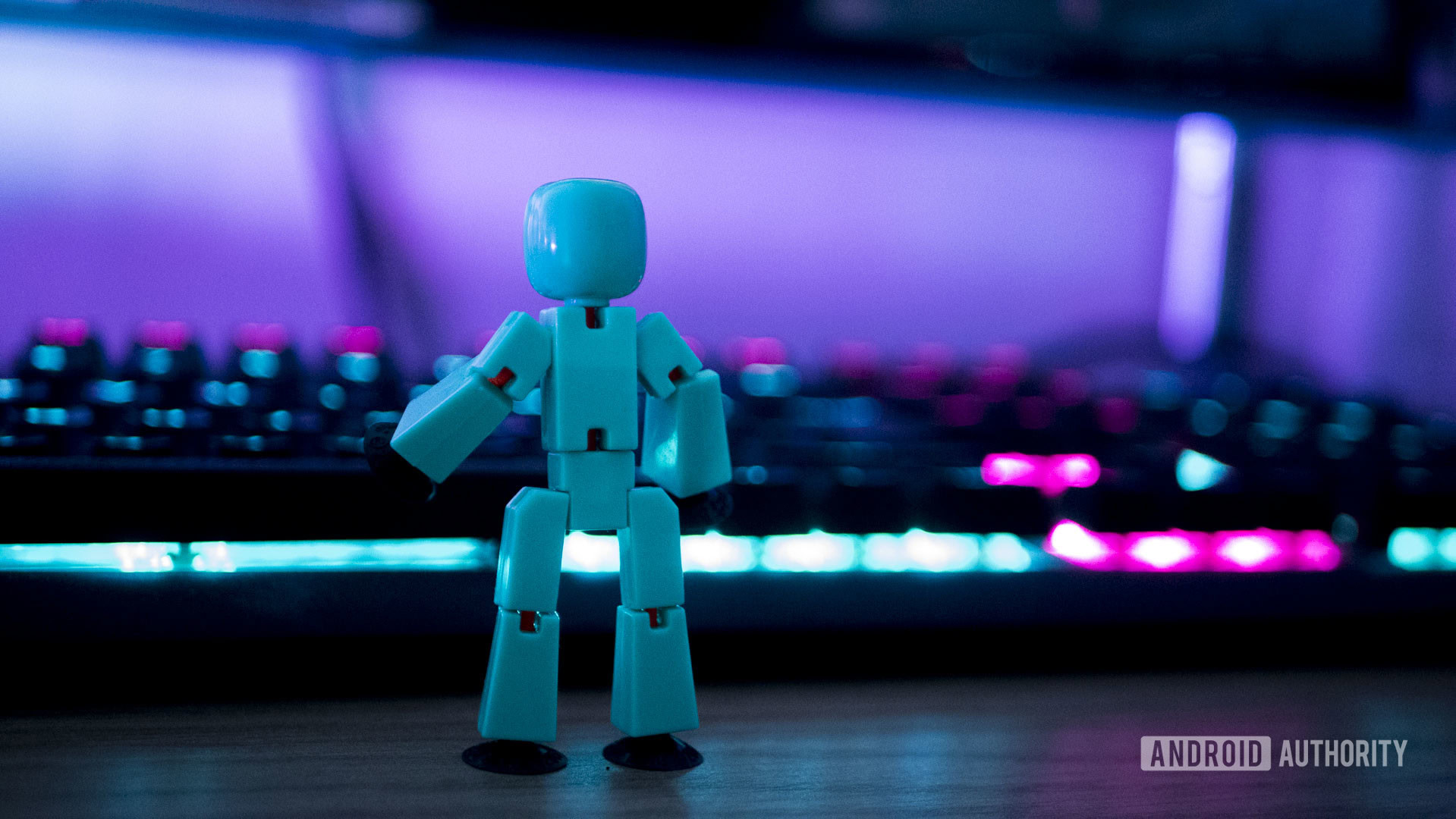
"AI camera" is a term thrown around past a lot of companies. Whether we're talking well-nigh software from Google, Huawei, Apple tree, Samsung, or any other manufacturer, image processing plays a massive function in the final paradigm.
Epitome processing plays a massive part in image quality
Below is an example of a photograph taken with the stock camera app on the OnePlus vii Pro compared with 1 taken on the same phone using the Google Camera APK. You tin see how different the colors, sharpness, and dynamic range are. Google'due south version of this prototype has so much more dynamic range which is nigh evident in the left half. The colors are also far more representative of existent-life in the Google Camera photo. OnePlus' version features more contrast and saturation but ultimately lacks the clarity of the Google Photographic camera picture.
Low light and pixel size
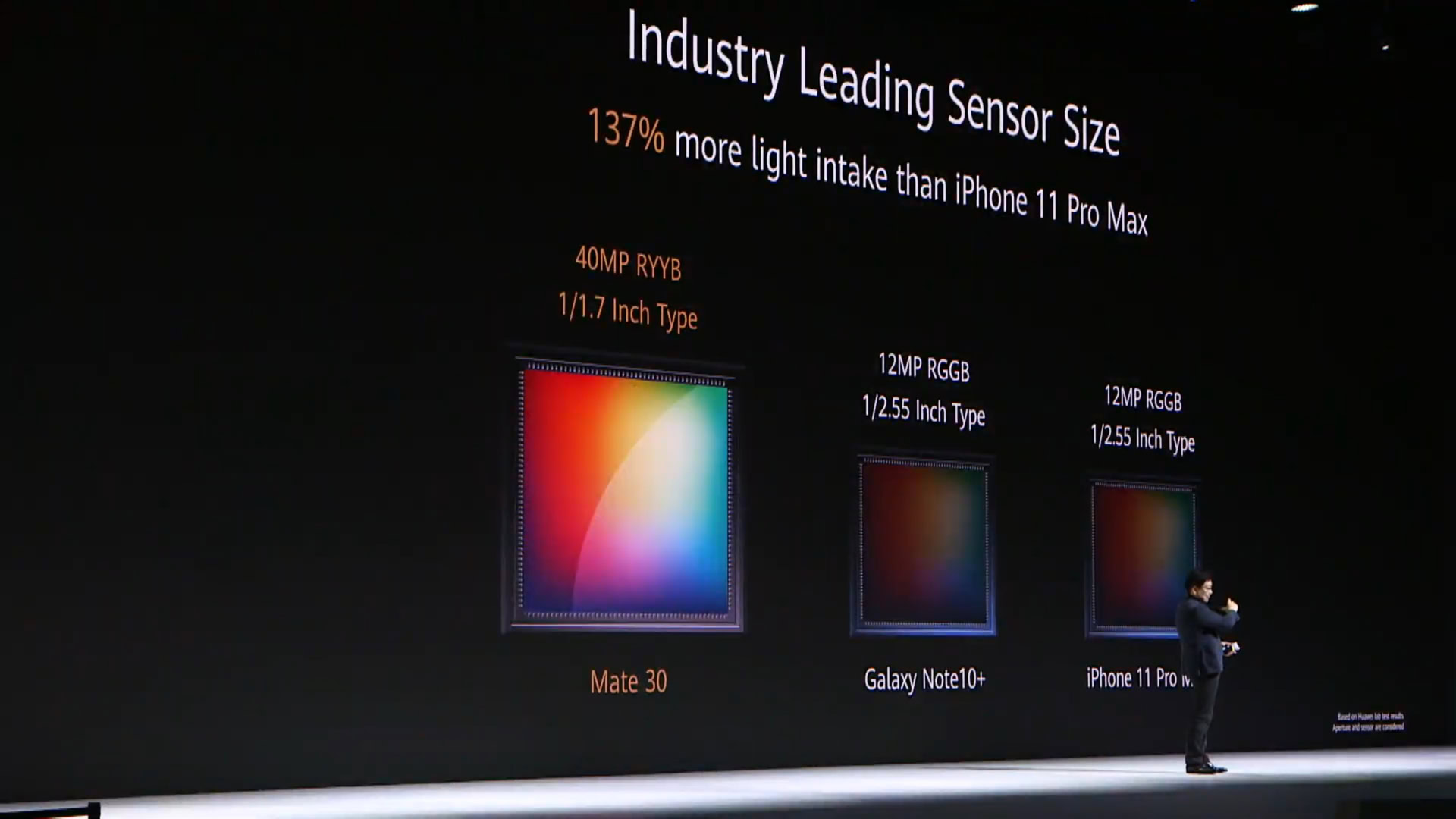
Equally we mentioned before, 12MP cameras commonly allow for larger private pixels than super high-resolution sensors. The larger the pixel size, the more calorie-free each pixel can capture. A 12MP one-half-inch sensor would produce far cleaner low low-cal shots than a 48MP half-inch sensor, given that every other variable is equal. Here'southward an instance of Auto Mode vs. 48MP mode on the Xiaomi Mi ix. The results are staggering! Merely look at how much colour information is lost when switching to 48MP mode, and the dynamic range falls through the flooring.
Pixel size, and therefore sensor size, is very important. It's why we've seen phones like the Huawei Mate xl Pro and Xiaomi Mi 11 Ultra apply huge sensors compared to Google and Apple. It makes and then much deviation, especially in a minor course factor such equally a smartphone. Night Modes have been introduced to effort and make up for the lack of sensor size, by taking multiple exposures and merging them together. These modes accept helped low low-cal images dramatically, simply they aren't necessarily a direct replacement for a large photographic camera sensor.
12MP is enough, for now
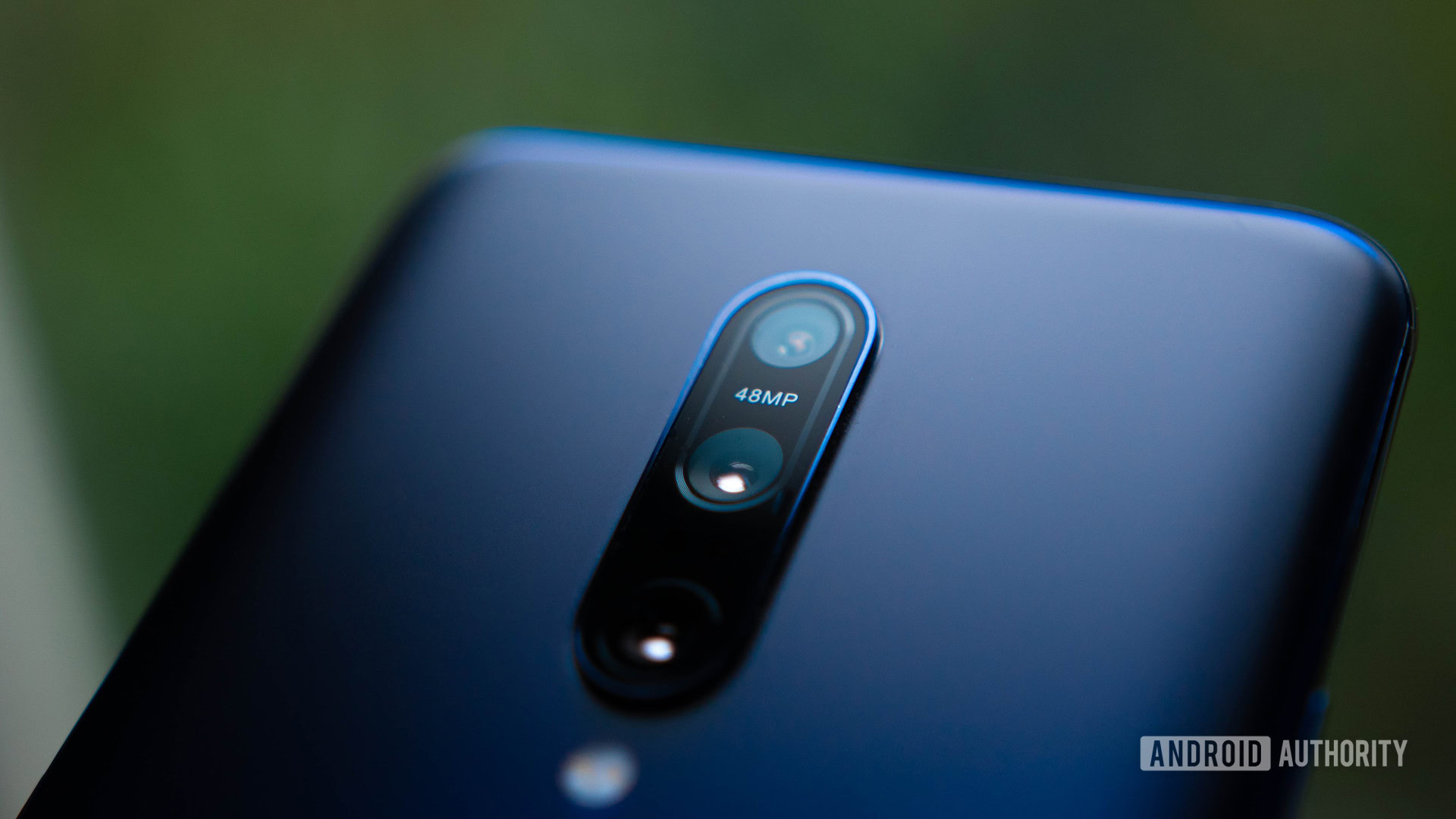
Given the hardware limitations in 2021, such as processing power, storage infinite, and lens quality, in that location actually isn't a demand to button for college-resolution sensors right now. Larger sensors with larger pixels provide a much more noticeable comeback to epitome quality than pure pixel count, while a wider focus on optics and software has already enabled growth in the smartphone camera manufacture.
When higher resolution video, more powerful processors, and faster storage are all standard, we'll starting time to see the need for 40MP or above. Until and then, however, a 12MP photographic camera will do me just fine.
Y'all know what else makes a great prototype? Knowing how to shoot an aesthetically pleasing one! Photography is a complex art, so we have put together a serial of tutorials and learning material for you to learn more!
We also have plenty of recommendations for those looking to get new camera equipment!
Source: https://www.androidauthority.com/12mp-camera-phones-1060776/
Posted by: wilsonexte1947.blogspot.com

0 Response to "How Good Is A 12mp Camera"
Post a Comment